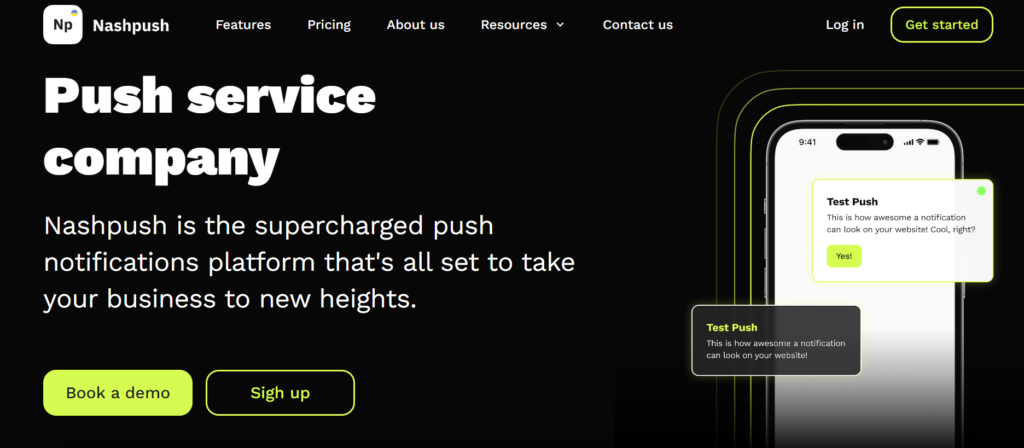Push notification service providers are becoming more popular in the modern online environment. Businesses in all sectors are using push notifications in their mobile app engagement strategies. Companies are increasingly interested in using push notifications thanks to their availability of new features that make them more attractive. Cross-platform compatibility is available from push notification service providers, like https://www.nashpush.com/, meaning they can serve both the iOS and Android app ecosystems. Businesses may now interact with customers on their preferred mobile devices.
As more and more companies realize the benefits of direct, tailored, and instantaneous connection with their app’s users, the need for push notification service providers is projected to rise. Push notification service providers are becoming more common as a result of both technological advancements and an elevated focus on client engagement and satisfaction.
Dashboard for managing and monitoring push notification campaigns
Businesses may manage and keep tabs on their push notification campaigns with the use of a user interface or dashboard offered by many push notification service providers. The UI serves as a single location from which a company can compose, schedule, transmit, and monitor the results of push notifications.
The dashboard of a push notification service may contain the following features and functionalities:
- Writing a message – The dashboard provides a place for companies to create push notification messages, complete with the option to include text, graphics, buttons, and other interactivity.
- Targeting and segmentation – Various variables, including user preferences, demographics, and behaviors, may be used by businesses to establish audience groups. The dashboard allows for tailored push alerts to be sent to certain groups of users.
- Automation and timetable planning – The dashboard provides the tools for organizations to prearrange the sending of push notifications at predetermined periods or in response to specified user actions or occurrences. The timely arrival and individualization of messages are guaranteed by this function.
- Insights and reporting – Open rates, click-through rates, conversion rates, and engagement are just some of the major parameters on which the dashboard sheds light. The results of push notification campaigns may be tracked, allowing organizations to make educated choices.
- Variational analysis – In order to find the optimal push notification content, timing, or CTA, organizations may use the A/B testing features provided by certain dashboards.
- Management of a campaign – The dashboard allows businesses to manage numerous push notification campaigns at once. Each campaign’s progress, changes, and outcomes may be tracked and monitored.
- Taking care of opt-outs and user preferences – User preferences and opt-outs may be managed using the dashboard. As a result, organizations can accommodate customer preferences and provide them with straightforward options for managing push notifications.
- Adaptation and combination – The dashboard may be able to sync with your customer relationship management software, marketing automation platform, or analytics software. Optional tweaks to the user interface and branding may be made to better suit the needs of the company.
The dashboard’s availability and functionalities may change amongst push notification service providers. In order to choose a service provider that is a good fit for your company, you should investigate the dashboard’s features and how easy they are to use.
